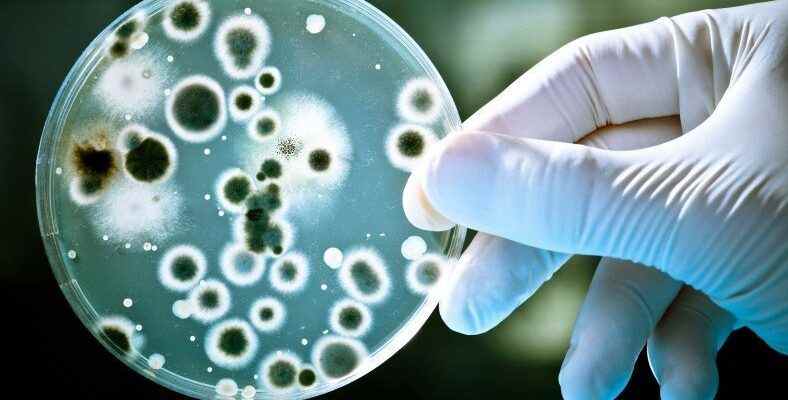Prior to this, bacterial species were thought to display a more ‘competitive’ behavior when communicating; however, a new study has revealed that the situation is much different than that. According to the research, bacteria, far from being competitive, are helping each other to develop the other species.
In microbial communication, it is commonly rivalry the belief that it was was accepted; however, a recent study has found that bacterial species intersect much more frequently than previously thought. that it helps revealed.
Massachusetts Institute of Technology and Broad MIT Institute from Harvard Paul C Blainey from the Hebrew University of Jerusalem Jonathan FriedmanIn their study, it was observed that more than 35% of matches between bacterial species helped to grow at least one of the two species. The authors of the study; The data obtained can be attributed to improvements in bacterial growth through matching compatible species. give directions thinks it can be used for
It has been observed that the effect of cultivation conditions on the interaction between species is great.
Growing under 40 nutrient conditions that differ in carbon content and type 20 soil bacteria species in the research in which it was tested; To understand how bacterial species affect each other’s growth, pairs of species, one fluorescently labeled and the other unlabeled, were generated. Using fluorescence measurements to observe the tagged species growing with and without pairs, the researchers changed which species was tagged and repeated each pairing twice. more than 180,000 measured the interaction. If a mating causes any species to grow faster than alone, the researchers found this result, even if the amplified species slows the growth of the mate. a positive interaction evaluated as. It has been observed that in such situations of ‘interference’ the weaker side is often exploited at the expense of the stronger.
Researchers have found that the relationship between any pair of species is strongly correlated with rearing conditions. relevant came to the conclusion that Many of the species pairs showed different types of interactions depending on the carbon source. Friedman argues that predicting what will happen in one setting based on what happens in another. often wrong stating that“You change the environment, and the interaction can change not only quantitatively but also qualitatively.” used the phrases. In addition, Friedman; Because promoting the growth of one microbe can lead to another microbe that grows well in that environment, research findings in synthetic ecology or engineering noted that it can be used.
RELATED NEWS
Remarkable Decision of the Supreme Court: ‘Reading News on the Internet’ During Overtime Accepted as the Ground for Expulsion without Compensation
studying microbial ecology at the University of Lausanne Sara Mitri, stating that the study is extremely important, that the scope of beneficial interactions between bacteria “long-standing” and “hard to test on such a large scale” He says there is a question. The findings also coincide with the findings Mitri reported that he observed with similar species in his laboratory. These beneficial interactions between bacteria shaping microbial ecosystems The researchers, who believe that it may play an important role, are yet to know what triggers different bacterial interactions. he does not know. Blainey said they hope their work will excite other researchers. “I certainly hope that researchers specializing in the metabolism of some of these organisms or certain carbon sources will undertake some of this detailed mechanistic work.” says.
Source :
https://cen.acs.org/biological-chemistry/microbiome/bacteria-lend-species-helping-hand/99/web/2021/11
